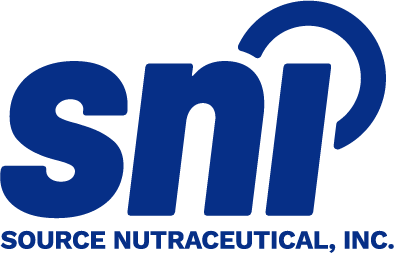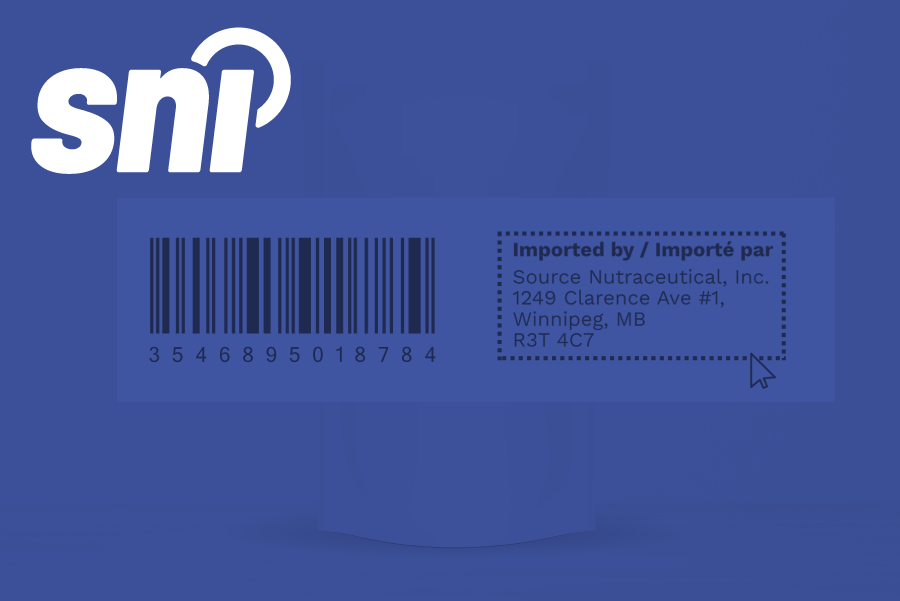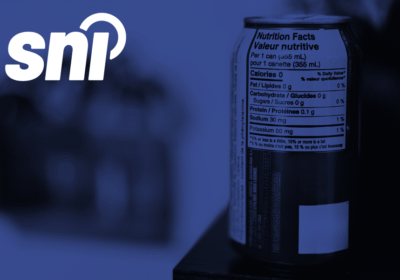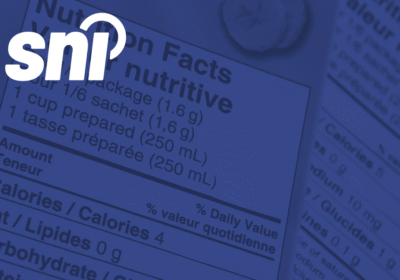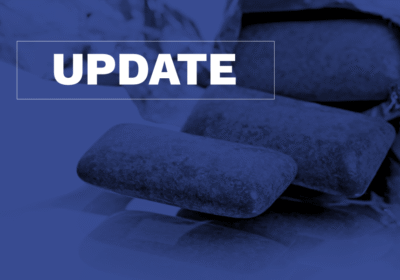When your Canadian importer changes, it’s not just a back-end operational update, it also triggers a regulatory obligation to update your product labels. Canadian food labelling regulations are designed to maintain transparency, traceability, and accountability across the supply chain. While the Canadian Food Inspection Agency (CFIA) offers flexibility during transitional periods, it expects companies to uphold labelling integrity and ensure accurate information is always available to consumers and inspectors.
In this article, we break down the key regulatory expectations for updating importer information on food labels, explain the difference between labelling and marking, and share practical steps for managing transitions compliantly.
Labelling Requirements for Imported Foods: Declaring the Responsible Party
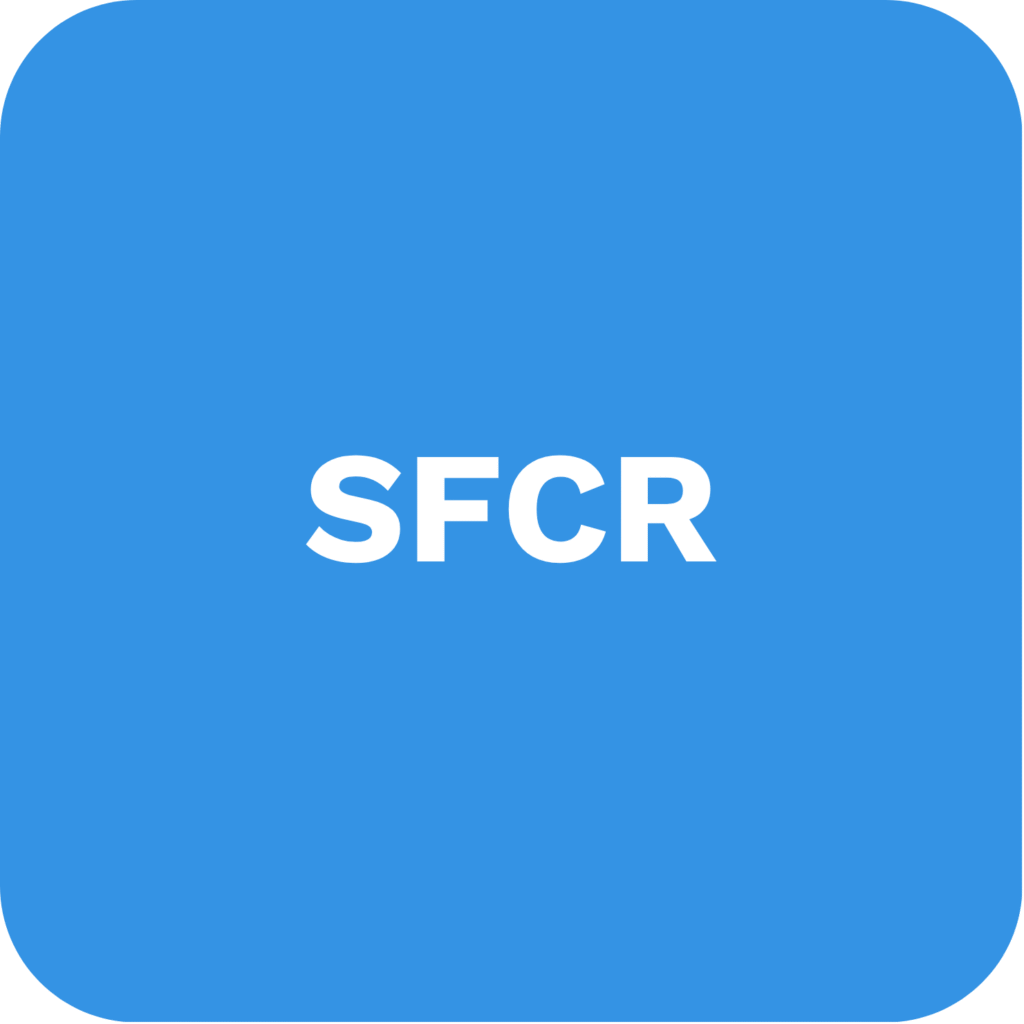
Every prepackaged food sold in Canada must display the name and principal place of business of the party responsible for the product. This is a core labelling requirement under the Safe Food for Canadians Regulations (SFCR) and ensures traceability in the event of product issues, recalls, or inspections.

For consumer prepackaged foods that are wholly manufactured, processed, or produced outside of Canada, additional rules apply. If a geographic origin statement (e.g., “Product of Italy”) is not clearly shown on the label, then the name and address of the Canadian importer must be preceded by one of the following bilingual declarations:
- “Imported by / Importé par”
- “Imported for / Importé pour”
This rule applies whether the food is packaged, labelled, or re-labelled in Canada (or elsewhere) at any level of trade other than retail. For instance, if roasted coffee beans are processed and packaged overseas and only placed into bags in Canada, they are not considered retail-packaged, and the full “Imported by” declaration remains mandatory unless the country of origin is also stated.

There are several compliant approaches to declaring the responsible party:
- Declare the foreign manufacturer’s full name and civic address.
- Declare the Canadian company’s name and civic address, accompanied by a country-of-origin statement placed nearby.
- Use “Imported by” or “Imported for,” followed by the Canadian company’s name and full address.
Foreign manufacturers may list more than one branch location if it reflects the true origin of the product, and the company maintains proper traceability documentation.
Labelling Updates When an Importer Changes

If your Canadian importer changes, the name and principal place of business on your packaging must also be updated. However, CFIA recognizes that label changes can’t always be made overnight.
Businesses may temporarily continue using packaging that reflects the previous importer, provided they establish reliable contact and mail-forwarding arrangements to ensure that any inquiries or correspondence are redirected to the new importer. If the former importer has ceased operations and cannot support mail forwarding, existing labels must be discontinued immediately, and updated packaging must be used without delay.
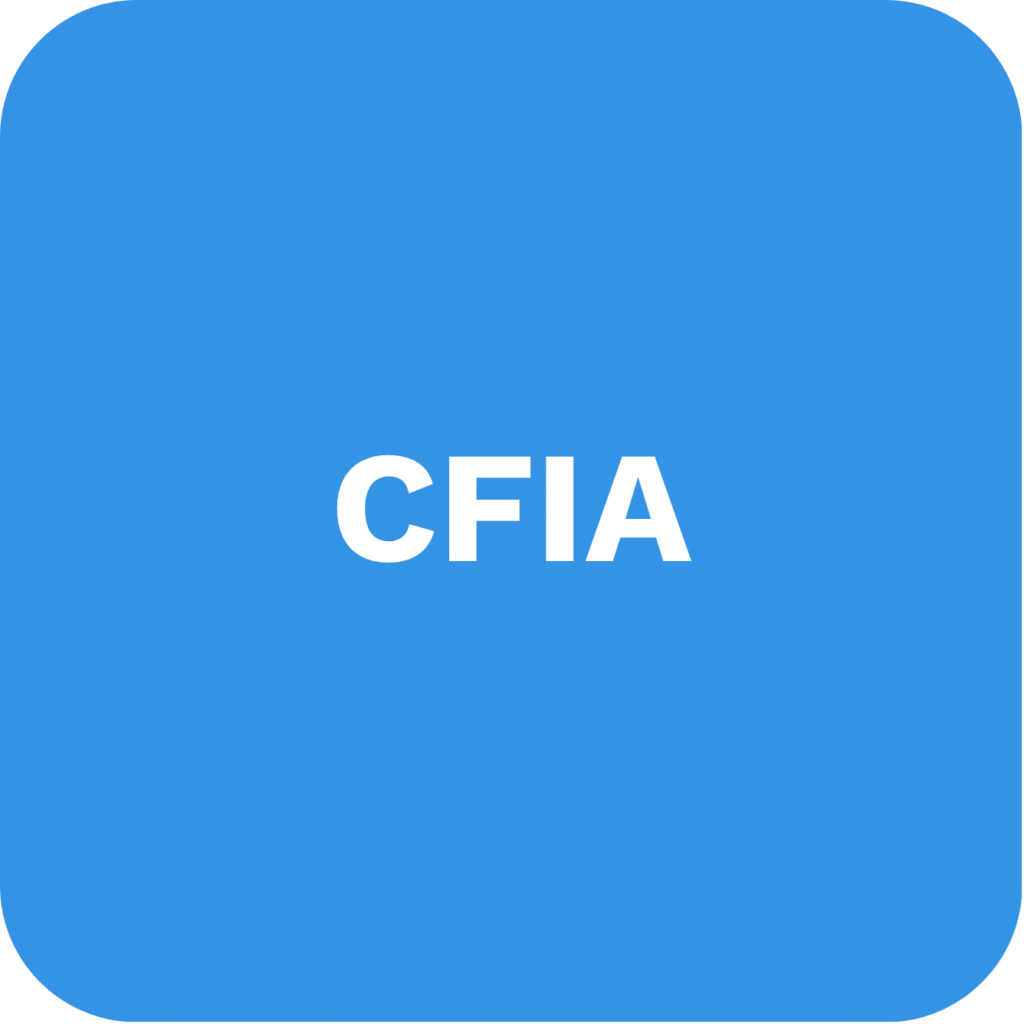
CFIA generally allows existing stock to be used during the transition as long as:
- The old address is still functional or redirectable
- Consumers and authorities can reach the correct responsible party
Internal systems (e.g., regulatory, QA, operations) are aligned and informed
What Happens When the Importer Changes?
If your company’s Canadian importer changes, the following principles apply to ensure compliance:

Ensure Reliable Contact and Traceability
The responsible party listed on the label must be reachable, even if the company name or importer has changed. If the previous importer is no longer active, you are expected to:
- Arrange mail forwarding via Canada Post or a third party
- Ensure all communications, regulatory inquiries, or consumer questions can be redirected to the new importer
- Discontinue packaging immediately if forwarding or reliable contact cannot be maintained
This is critical to maintaining traceability, of the pillars of Canadian food safety enforcement.

Be Transparent Throughout the Transition
Before rolling out updated labels, notify internal teams such as:
- Regulatory affairs
- Quality assurance
- Operations
- Sales and distribution
If distributors are still selling products with the previous importer listed, clear communication ensures everyone understands where accountability lies during the transition period.

Update Labels as Soon as Practicable
CFIA does not define a fixed timeline (e.g., 30 or 60 days) for implementing new labels. However, companies are expected to act “as soon as practicable,” balancing the need to deplete old inventory with the obligation to keep consumer information current.
Companies should document:
A formal transition plan for audits or regulatory inspections
Internal label change timelines
Any delay due to packaging supply lead times
This approach aligns with how Health Canada has historically handled longer transitions, such as the multi-year implementation of nutrition label updates, when companies could show good faith efforts and progress tracking.
Additional Considerations for Canadian Compliance

Placement, Language, and Font Requirements
The name and principal place of business can appear anywhere except the bottom of the package (unless it’s also shown elsewhere).
It must be printed in a font size of at least 1.6 mm, or 0.8 mm for small containers with less than 10 cm² of display surface.
The declaration itself (name and address) may appear in one official language, but any mandatory phrases such as “Imported by” or “Imported for” must be presented in both English and French.
If your label or packaging references the location of the label or container manufacturing, you must add a clarifying statement (e.g., “Label printed in Canada by…”).
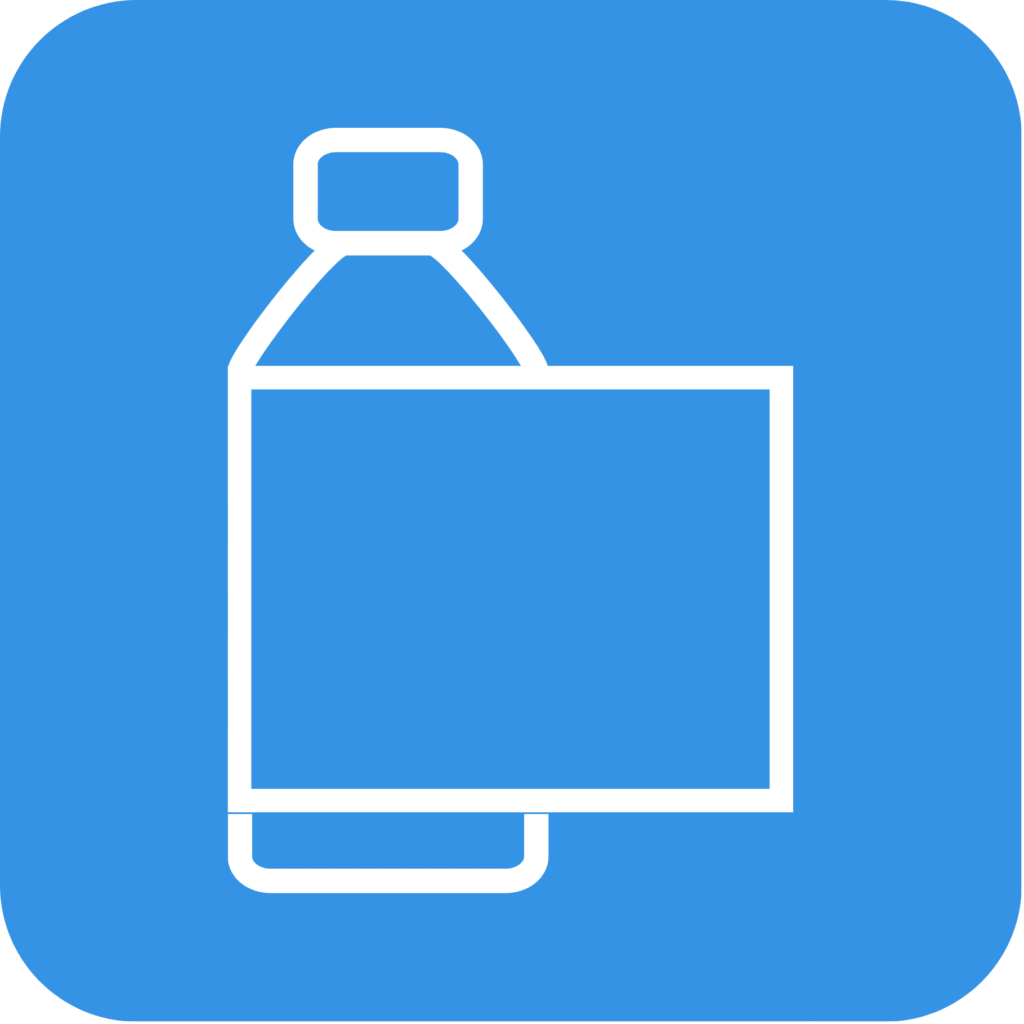
Temporary Over-Labelling
To avoid wasting packaging materials, companies may choose to over-label outdated products with a sticker showing the correct importer name and address. This is acceptable as long as:
The sticker is permanent and won’t fall off during storage or transport
The over-label meets all font size and bilingual requirements
The original information is completely covered and not misleading
Over-labelling provides a cost-effective and compliant solution during interim periods.
Don’t Confuse Marking with Labelling
While labelling, regulated by the CFIA, governs the information presented on consumer-facing packaging (including product name, ingredient list, net quantity, and the importer’s contact details) marking, regulated by the Canada Border Services Agency (CBSA), refers specifically to the indication of a product’s country of origin.
Marking typically appears on the outermost packaging or directly on the product and must be legible, permanent, and declared in English or French. This information helps CBSA assess tariffs, verify trade agreement eligibility, and enforce import rules. Both labelling and marking are required by law, and failure to meet either requirement can result in border delays, customs inspections, relabelling demands, or monetary penalties. Ensuring that both elements are accurate and compliant is critical to avoiding disruptions during importation and maintaining smooth market access in Canada.
Final Remarks
Changing your importer involves more than internal logistics; it requires careful coordination of labelling, traceability, and regulatory compliance. CFIA provides flexibility, but only when supported by clear documentation and reliable contact arrangements. Planning ahead helps avoid waste, regulatory delays, and market disruption.
Companies should treat importer changes as part of their broader quality assurance and compliance strategy. By aligning label updates with regulatory timelines and maintaining transparency throughout the transition, businesses can meet compliance obligations while protecting their brand reputation.
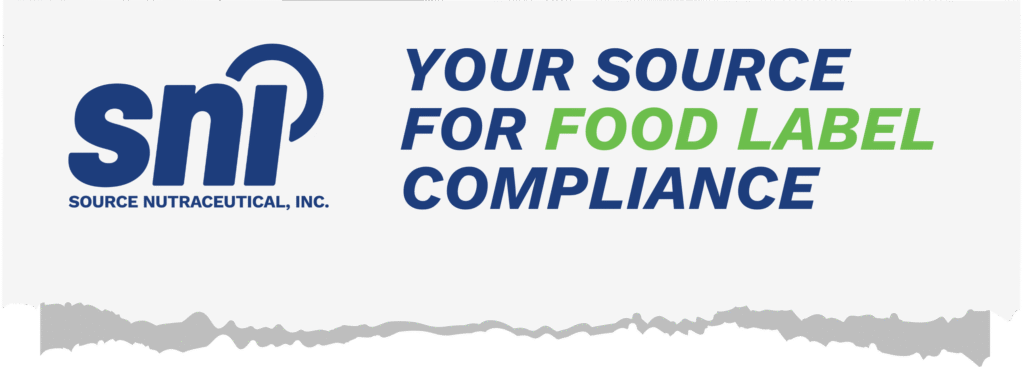
Need Support Updating Your Labels?
At SNI, we support clients through every step of food labelling compliance, including:
- Importer transitions and label changeovers
- Regulatory label reviews (CFIA and bilingual requirements)
- Over-labelling strategies for phased implementation
- Support with Front-of-Pack and Supplemented Food labelling requirements
Whether you’re preparing to change importers or facing an urgent compliance need, our team is here to help.
Contact us to speak with one of our food regulatory specialists and avoid costly delays or non-compliant packaging.
FAQs
When do I need to update the label if the importer changes?
If the Canadian importer listed on your product changes, the name and principal place of business on your packaging must also be updated. However, CFIA allows continued use of existing stock if reliable mail-forwarding arrangements are in place to ensure traceability. If forwarding cannot be arranged, labels must be updated immediately.
What does “Imported by / Importé par” actually mean?
For consumer prepackaged foods wholly manufactured, processed, or produced outside of Canada, the label must include “Imported by” or “Imported for” (in both English and French) if the country of origin is not clearly stated. This requirement applies even when the product is repackaged or re-labelled in Canada, unless done at the retail level.
How do I provide a valid country-of-origin marking?
Marking is required by CBSA and refers to a permanent declaration of the country where the product was made (e.g., “Made in Italy”). This marking must appear on the outermost container or product at the time of import, and it must be legible, permanent, and in English or French. Inaccurate or missing markings can result in shipment delays or penalties.
Can I use over-labelling during the transition?
Yes. Over-labelling is permitted as a temporary measure during importer transitions, as long as the sticker includes the required “Imported by” or “Imported for” declaration, is bilingual, meets font size requirements, and completely covers the outdated information.
Does font size and placement matter for importer information?
Yes. The name and principal place of business must be displayed in a font size of at least 1.6 mm (or 0.8 mm for very small containers) and must appear on any part of the label except the bottom, unless it is also shown elsewhere. The information must be clearly visible and legible under normal purchasing conditions.
The content on this website, including information presented in this post, is provided for general informational purposes only and does not constitute legal, regulatory, or professional advice. While efforts are made to ensure accuracy, laws and regulations vary by jurisdiction and may change over time. Readers should not rely on this information as a substitute for advice from qualified legal or regulatory professionals. We disclaim any liability for actions taken based on this content, and users are encouraged to seek guidance specific to their circumstances.
